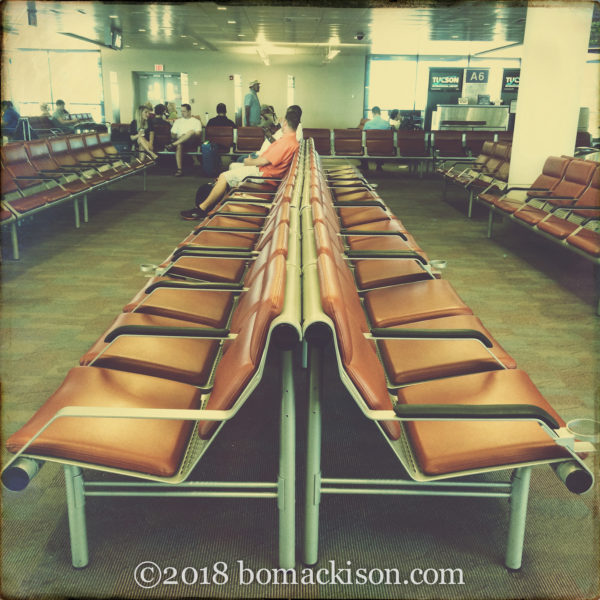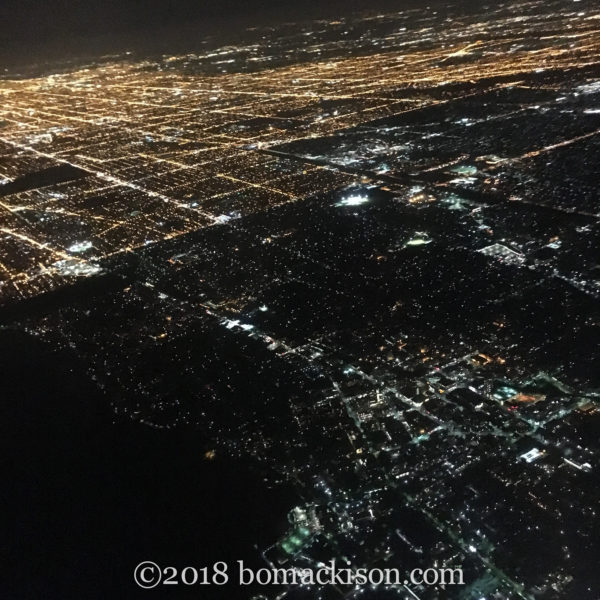The Art of Travel
Tramadol Next Day Visa by Alain de Botton. Copyright 2002 by Alain de Botton.
https://mocicc.org/agricultura/ratzx3ed2t The author’s website.
https://www.brigantesenglishwalks.com/ysrp1udj7 A book excerpt from the New York Times.

https://penielenv.com/9ox4qkmh Traveler. Ohare International Airport, © 2018
The following are quotes from The Art of Travel.
On “Human Flourishing”:
Tramadol Cheap Prices “We are inundated with advice on where to travel to, but we hear little of why and how we should go, even though the art of travel seems naturally to sustain a number of questions neither so simple nor so trivial, and whose study might in modest ways contribute to an understanding of what the Greek philosophers beautifully termed eudaimonia, or ‘human flourishing’.”
On Cultivating The Proper Mindset for Traveling:
see “The pleasure we derive from journeys is perhaps dependent more on the mindset with which we travel than on the destination we travel to.”
On The Flight’s Take-Off:
https://lpgventures.com/c29hwsme “There is psychological pleasure in this takeoff, too, for the swiftness of the plane’s ascent is an exemplary symbol of transformation. The display of power can inspire us to imagine analogous, decisive shifts in our own lives, to imagine that we, too, might one day surge above much that now looms over us.”
https://www.yolascafe.com/e388uq05lr en route to New York City ©2018
On Enhanced Thinking while Traveling:
https://www.mreavoice.org/rpfphepxu “Journeys are the midwives of thought. Few places are more conducive to internal conversations than a moving plane, ship or train. There is an almost quaint correlation between what is in front of our eyes and the thoughts we are able to have in our heads: large thoughts at times requiring large views, new thoughts new places. Introspective reflections which are liable to stall are helped along by the flow of the landscape. The mind may be reluctant to think properly when thinking is all it is supposed to do.”
On Traveling by Train:
Cheap Tramadol Online Uk “At the end of hours of train-dreaming, we may feel we have been returned to ourselves – that is, brought back into contact with emotions and ideas of importance to us. It is not necessarily at home that we best encounter our true selves. The furniture insists that we cannot change because it does not; the domestic setting keeps us tethered to the person we are in ordinary life, but who may not be who we essentially are.”

Best Place Order Tramadol Online orange seats. airport. ©2018
On Finding Poetry in Common Places:
https://alldayelectrician.com/ait6sxoa3 “If we find poetry in the service station and motel, if we are drawn to the airport or train carriage, it is perhaps because, in spite of their architectural compromises and discomforts, in spite of their garish colours and harsh lighting, we implicitly feel that these isolated places offer us a material setting for an alternative to the selfish ease, the habits and confinement of the ordinary, rooted world.”
On Visiting New Places:
https://danivoiceovers.com/obkys5ks “It is not necessarily at home that we best encounter our true selves. The furniture insists that we cannot change because it does not; the domestic setting keeps us tethered to the person we are in ordinary life, who may not be who we essentially are.”
On Perspective:
see url “He [Wordsworth] invited his readers to abandon their usual perspective and to consider for a time how the world might look through other eyes, to shuttle between the human and the natural perspective. Why might this be interesting, or even inspiring? Perhaps because unhappiness can stem from only having one perspective to play with.”
On Curiosity:
Tramadol Online Best Price “Curiosity takes ignorance seriously, and is confident enough to admit when it does not know. It is aware of not knowing, and it sets out to do something about it”
On The Search:
enter “What we find exotic abroad may be what we hunger for in vain at home.”
On The Pith of Travel:
click “I was here, I saw this and it mattered to me.”
https://danivoiceovers.com/vu818web Night Flight. Chicago and Lake Michigan. ©2018
My Reflections while Reading The Art of Travel
source site Botton allows that his physical and mental state proved to be “temperamental accomplices in the mission of appreciating my destination.” Heat, flies, financial expenditures, strange foods, anxiety, melancholy – all were a part of his experience. But there were also candlelit dinners, an exuberance of sunlight, and walks along a pristine beach under an azure sky. It’s always a delicate balance between delight and discontent.
http://www.mscnantes.org/ushmtxfsxar How important, that first “sighting”, that which affirms to oneself the arrival of “elsewhere.” (It’s rather like the Flash of Perception in Miksang Philosophy.) How many “first sightings” will I “see”? Five new countries, eight destinations, three airports, one hotel, one ship. So many opportunities for that first flash, the knowledge that I am “elsewhere.”
go here Botton writes of allowing one’s “compass of curiosity to settle according to its own logic”. When I consider travel abroad in terms of my interests, I’m suddenly eager to check out art museums, walk along the seacoast, and have coffee in neighborhood cafés. If I could visit a gallery and a café at every destination, my trip would be a success.
Tramadol Cheap Prices Combine a seven-year-olds sense of inquiry: ”Why?” with an adult’s wisdom and experience. That equals the ability to ask sophisticated questions and feed the curious mind. Recipe for a fulfulling trip.
https://onlineconferenceformusictherapy.com/2025/02/22/um1y5owed0t What if instead of souvenirs and regrets, we “return from our journeys with a collection of small unfêted but life-enhancing thoughts?”
go site What if, indeed?








